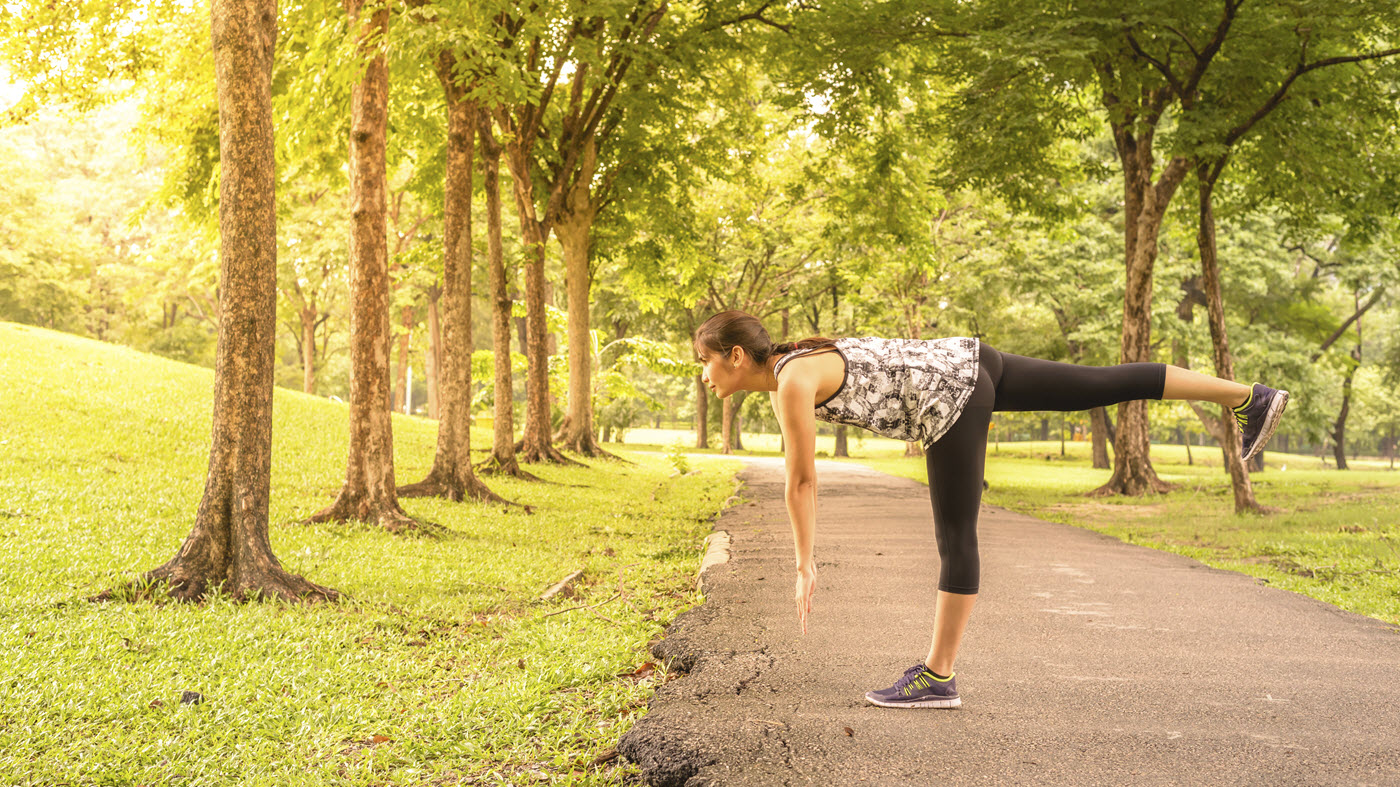6 Great Strength Training Exercises for Runners

Image by Itman_47
One of the most common questions I get asked by runners has to do with what strength training exercises they should be doing.
It seems that most runners are finally paying attention to the importance of regular strength training, and they recognize the benefits that strength training provides for us as runners.
But there is still some confusion about what exercises best address our specific needs as runners, how frequently strength training should be performed, and what equipment is needed.
The Best Time for Strength Training
There is a lot of debate about when runners should do their strength training, but I can only see one optimal timeframe: after a run. And ideally, that run should be a hard workout.
Sure, doing your strength training after a hard run is going to impact how much weight you COULD lift, but as runners, our goal is maximal strength but also improved endurance. So doing your strengthening after a hard run is only going to tax your muscles more, which is going to give you more benefit.
As for doing your strength training on an off day, remember, the purpose of an off day is to rest and recover. If you are doing strength training on a rest day, are you really resting?
The Only Piece of Equipment You Need Is…
You!
All of the strength training exercises I’m going to suggest in this post can be done without any equipment.
Obviously, having some equipment or a gym membership can provide more variety and a slightly more intense workout, but no additional equipment is necessary to get a great workout that will benefit you as a runner.
And if you’re fairly new to strength training, I’d recommend starting with only your body weight for a few months at least.
Great Strength Training Exercises for Runners
If you’re struggling to figure out which exercises you should be doing to supplement your running, here is a list of options to help you get started:
- Squats (and Squat Variations): Squats are one of the most useful exercises for runners, because they work multiple body parts simultaneously. And with the number of variations of squats that are available, you can keep your strength training routine from becoming stale by simply mixing up what kinds of squats that you are doing.
- Lunges (and Lunge Variations): Everything I just said about squats applies here as well, although I’m a slightly bigger fan of lunges than squats for one major reason: you’re working one leg at a time. With lunges, one leg clearly does more work than the other during each rep, so you’re not only getting the strengthening benefits but also working your balance and proprioception. And as with the squats, there is no limit to the number of lunge variations that exist.
- Single Leg Deadlifts: This is easily one of my favorite strength training exercises, because it works pretty much the entire posterior chain while also improving balance. Many runners develop an imbalance in strength between our posterior muscles (our glutes and hamstrings) and our anterior muscles (our quads and hip flexors). Single leg deadlifts are a great way to keep the strength of those muscle groups in balance.
- Planks (and Plank Variations): Core strength is vital for all runners, and there’s no doubt in my mind that planks are the best core exercise. Remember, your core is much more than just your abs. Yes, your core includes your abs, but it also includes the muscles of your lower back and your obliques. So planking, and any of the many variations available, is a much better choice than any of the ab-centric exercises (crunches, sit-ups, etc) that really don’t work the entire core.
- Clamshells: Clamshells specifically target some smaller muscles in your hip that you won’t even know you had until they start causing you problems, at which moment you will be painfully (pun intended) aware of their existence. These small muscles don’t get worked much while doing squats or lunges, so it’s important to target them separately by adding clamshells to your routine.
- Is, Ys, & Ts: It’s easy for runners to overlook the importance of upper body strength and muscular endurance, but it really is necessary. Good running form starts with good posture, so strengthening the upper back is definitely recommended. Performing the I’s, Y’s, and T’s is a simple way to start building that upper back strength and stamina.
Clearly this is not an all-inclusive list, nor is it required that you do each exercise on this list every time you do your strength training. But if you’re not sure what to do on the strength training front, these exercises will definitely help you get started!

